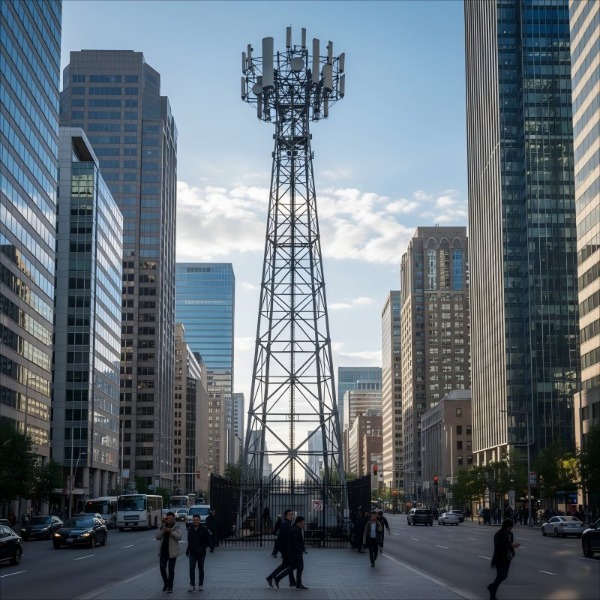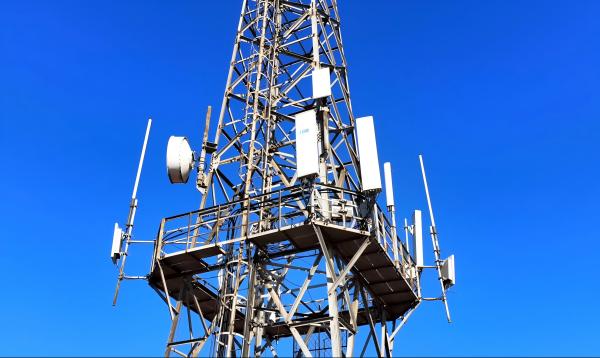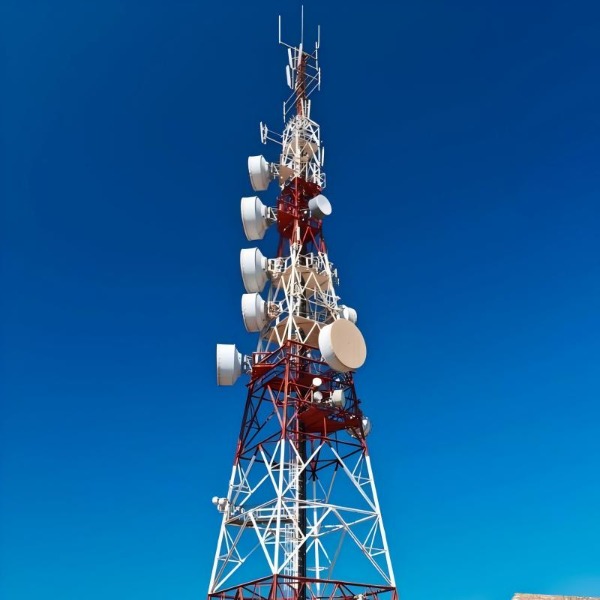Why 3-Legged Angle Steel Towers Dominate Heavy-Duty Telecom Applications
Introduction
In the world of telecommunications infrastructure, not all towers are created equal. When it comes to heavy-duty applications requiring exceptional strength, stability, and longevity, 3-legged angle steel towers have consistently proven to be the superior choice. Their dominance in supporting critical communication networks - from urban 5G deployments to remote microwave links - stems from fundamental structural advantages that make them uniquely suited for demanding environments. This article explores the engineering principles behind their success and why they continue to be the go-to solution for heavy-duty telecom applications.

The Geometry of Strength: Triangular Stability
The exceptional performance of 3-legged towers begins with their fundamental geometry. The triangular configuration creates an inherently stable structure that efficiently distributes mechanical stresses. Unlike four-legged structures that can experience racking (parallelogram deformation) under asymmetric loads, the triangular form is geometrically rigid. This inherent stability provides several key advantages:
Superior Resistance to Overturning Moments: The wide triangular base creates a large footprint that effectively counteracts overturning forces from wind and unbalanced equipment loads
Optimal Load Distribution: Stress paths follow natural vectors to the foundation points, minimizing bending moments in individual members
Reduced Material Requirements: The efficient force transmission allows for lighter structures compared to less efficient designs with similar load capacity
Engineering Specifications for Heavy-Duty Applications
Modern 3-legged angle steel towers are engineered to meet rigorous performance standards. Key technical specifications include:
Materials and Construction:
High-strength steel with yield strength of 345 MPa or greater
Hot-dip galvanized coating per ASTM A123 standards (minimum 85μm thickness)
Bolted connections allowing for field adjustment and future modifications
Modular design enabling heights from 15 to 80+ meters

Load Capacity Considerations:
Wind load resistance up to 200 km/h (category 4 hurricane strength)
Simultaneous support for multiple carriers with equipment loads exceeding 5,000 kg
Ice load capacity for northern climates (up to 50mm radial ice accumulation)
Seismic performance meeting zone 4 requirements (high seismic activity)
Structural Analysis and Design Methodology
The design process for 3-legged towers involves sophisticated engineering analysis:
Wind Load Calculations:
Using international standards such as TIA-222-G or EN 1993-3-1, engineers calculate wind loads considering:
Regional wind speed data (3-second gust speeds)
Topographic effects (hilltops, ridges, etc.)
Antenna surface area and wind drag coefficients
Dynamic response characteristics
Foundation Design:
The triangular configuration enables efficient foundation systems:
Individual concrete foundations at each leg point
Designed for uplift, compression, and shear forces
Typically 20-30% smaller than equivalent four-legged tower foundations
Geotechnical adaptation to various soil conditions

Future-Proofing Telecom Infrastructure
The structural efficiency of 3-legged towers makes them ideal for evolving network needs:
6G Readiness:
Capacity for heavier, larger antennas
Support for increased antenna quantities
Adaptation to higher frequency bands with tighter spacing requirements
Sustainability Considerations:
Reduced material usage lowers embodied carbon
Long service life (40+ years) with minimal maintenance
Recyclable materials at end of life
Conclusion
The dominance of 3-legged angle steel towers in heavy-duty telecom applications is no accident. Their structural efficiency, born from the fundamental stability of triangular geometry, provides an optimal balance of strength, capacity, and economy. As telecom networks continue to evolve with heavier equipment and more demanding environmental requirements, the inherent advantages of this proven design ensure its continued relevance. For engineers and network planners facing heavy-duty challenges, the 3-legged angle steel tower remains the benchmark for performance and reliability.
Learn more at www.alttower.com
.jpg)
评论
发表评论